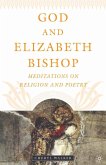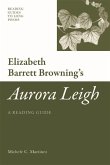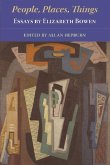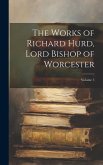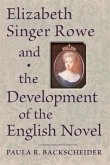'In the years since her death Elizabeth Bishop has become the most beloved poet in the American canon. Linda Anderson shows us why. Full of insight into Bishop's process of writing, this book brings her poems to us still breathing - still "new, tender, quick".' Anne Stevenson 'This is a book that has the capacity to surprise us. It is a book that holds at its centre a deep respect for the poetic process. I found myself realising as I read that it is an essential book, and one we have been waiting a long time for.' Deryn Rees-Jones, University of Liverpool A new reading of Elizabeth Bishop's work ranging across archival, historical and theoretical materials Linda Anderson explores Elizabeth Bishop's poetry, from her early days at Vassar College to her last great poems in Geography III and the later uncollected poems. Drawing generously on Bishop's notebooks and letters, the book situates Bishop both in her historical and cultural context and in terms of her own writing process, where the years between beginning a poem and completing it, for which Bishop is legendary, are seen as a necessary part of their composition. The book begins by offering a new reading of Bishop's relationship with Marianne Moore and with modernism. Through her journeys to Europe Bishop, it is also argued, learned a great deal from visual artists and from surrealism. However the book also follows the way Bishop came back to memories of her childhood, developing ideas about narrative, in order to explore time, both the losses it demands and the connections it makes possible. The lines of connections are both those between Bishop and her contemporaries and her context and those she inscribed through her own work, suggesting how her poems incorporate a process of arrival and create new possibilities of meaning. Linda Anderson is Professor of Modern English and American Literature at Newcastle University. She is the author of Autobiography (2002; 2nd edition, 2010), Women and Autobiography in the Twentieth Century (1997) and has edited Elizabeth Bishop: Poet of the Periphery (2002) with Jo Shapcott. Cover image: Elizabeth Bishop with her cat, Tobias, 1954 (c) J. L. Castel/Special Collections, Vassar College Libraries. Cover design: [EUP logo] www.euppublishing.com ISBN 978-0-7486-6574-7
Hinweis: Dieser Artikel kann nur an eine deutsche Lieferadresse ausgeliefert werden.
Hinweis: Dieser Artikel kann nur an eine deutsche Lieferadresse ausgeliefert werden.


